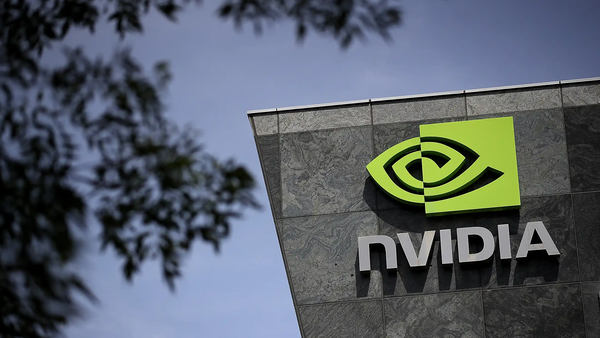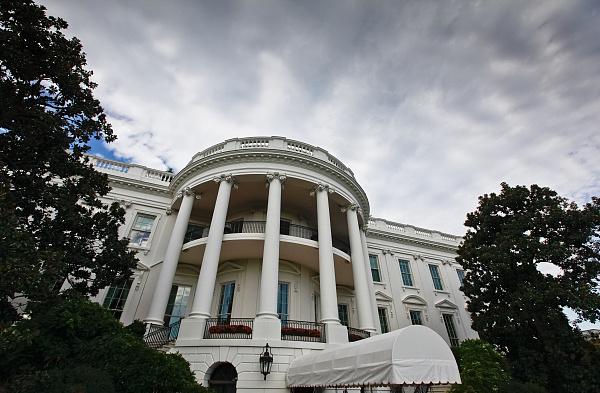
This week, the global financial market will usher in the highly anticipated “Super Central Bank Week”. According to the schedule, the Federal Reserve, the Bank of Japan, the Bank of England, the Swiss National Bank, the Swedish Central Bank and many other central banks will announce interest rate decisions.
At a time when the international situation is full of uncertainty, the market generally expects central banks to remain cautious and pay attention to the central banks’ judgment on the future economic and inflation situation, as well as the guidance of the monetary policy path.
As the “highlight” of the central bank’s interest rate meeting, the Federal Reserve will announce its interest rate decision in the early morning of March 20, Beijing time, and Federal Reserve Chairman Powell will hold a monetary policy press conference shortly thereafter. From the perspective of market expectations, it is a foregone conclusion that the Federal Reserve will maintain “no action” at this meeting: CME’s “Fed Watch” tool shows that the probability of the Federal Reserve maintaining the federal funds rate target range at 4.25% to 4.50% at this week’s meeting is close to 100%.
Global investors are more concerned about how the Federal Reserve’s subsequent monetary policy path will be interpreted. The latest quarterly economic outlook and interest rate dot plot will provide guidance. In the interest rate dot plot released in December last year, Federal Reserve officials generally expected two interest rate cuts this year. However, the current market pricing is that the Fed is likely to cut interest rates three times this year, and it is expected that it will resume cutting interest rates as early as June.
Behind this expectation, the market is concerned about the prospects of slowing US economic growth. Recently, the signs of slowing US economic growth have continued to emerge, and the market’s concerns about “stagnation” have intensified. At the same time, due to concerns about tariff policies, the market’s expectations of “inflation” still exist.
Related concerns may also be reflected in the Fed’s latest quarterly economic outlook. The foreign exchange group of CICC Research Department said that considering the upward pressure on inflation since this year and the lagged impact of tariff policies on inflation, it is expected that the Fed may revise up its expectations for this year’s core PCE (the Fed’s preferred indicator for measuring inflation) at this meeting; the recent weakening of economic data may cause the Fed to simultaneously revise down its expectations for GDP (gross domestic product) growth, and may even revise up its forecast for the unemployment rate.
Analysts believe that the Fed’s monetary policy is facing constraints. “With the overall weakening of macro data such as economic data and consumer confidence, coupled with the uncertainty of the direction of the tariff war, the interest rate market has increased expectations for the Fed to cut interest rates.” Analysts at FXCM said that although the Fed will not cut interest rates immediately at this meeting, the economic outlook, especially the information given by the dot plot, is crucial. If this meeting sends a more dovish signal, the US dollar index may continue to be under downward pressure.
At the same time, under the shadow of the debt ceiling, the suspension or slowdown of balance sheet reduction has been put on the table. The minutes of the Federal Reserve’s January monetary policy meeting previously released showed that many participants pointed out that it might be appropriate to consider suspending or slowing down the reduction of the balance sheet before the debt ceiling issue is resolved. The market is paying close attention to the relevant signals that may be revealed at this meeting.
Looking around the world, the uncertainty brought about by the US tariff policy is making the monetary policy path of various countries more complicated, and “caution” has become the main tone of the monetary policy adjustment of global central banks.
In addition to the Federal Reserve, this week, the Bank of Japan, the Bank of England, the Bank of Indonesia, the Swiss National Bank, the Swedish Central Bank and many other central banks will also announce interest rate decisions. Among them, the Bank of England is expected to “stand by and wait and see” this week, and it is likely to continue its policy tone of “gradual adjustment”. Data released by the UK National Statistics Office on March 14 showed that the UK’s GDP fell by 0.1% month-on-month in January.
The Bank of Japan is also expected to keep interest rates unchanged this week, and the meeting statement and press conference are expected to reveal the Bank of Japan’s judgment on the prospects of interest rate hikes. The foreign exchange group of CICC Research Department said that the Bank of Japan does not want excessive dovishness to lead to a depreciation of the yen, nor does it want excessive hawkishness to bring further disturbances to the already fragile market.









